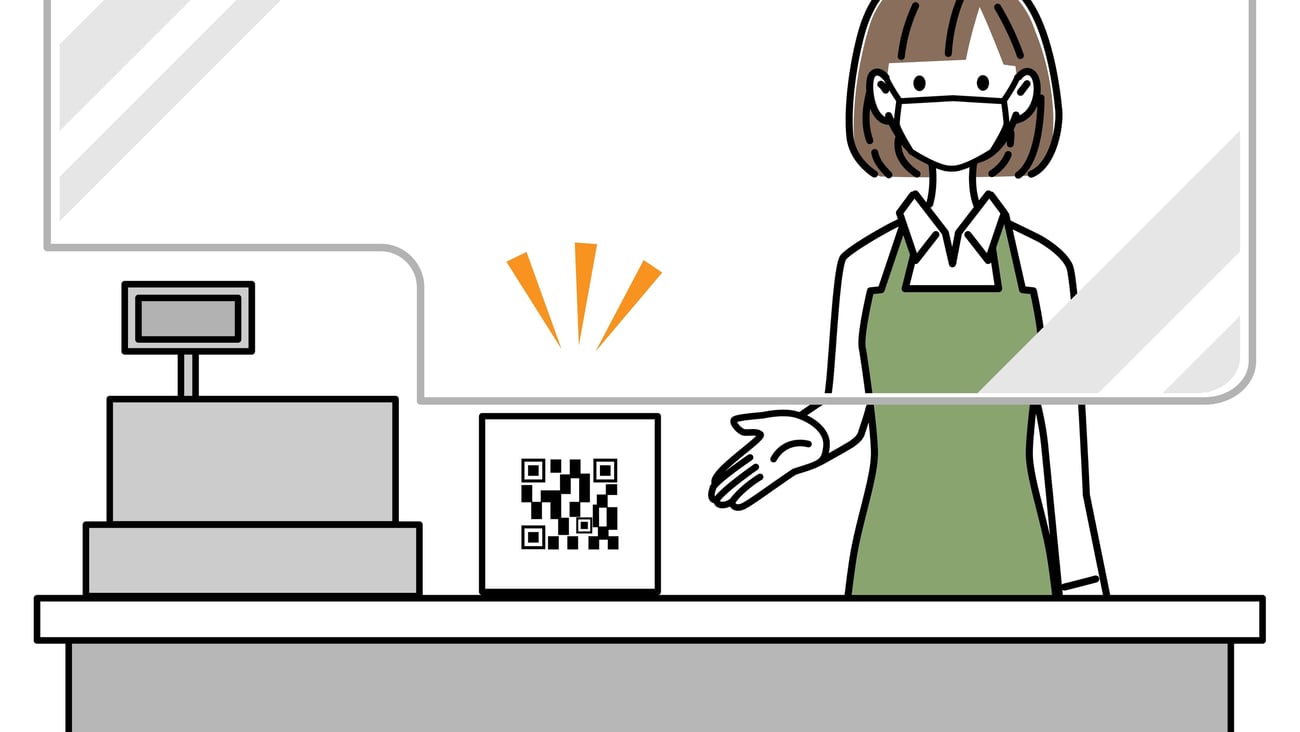How omni integration is redefining convenience
When thinking of convenience retail, it is easy to think that it only prioritizes location and product availability. However, with the emergence of omni-integration, customers can view, buy, return, or share products anytime and anywhere at the touch of a button, changing the way consumers see convenience. Now, online and offline channels are no longer separate entities, but complementary platforms that improve the retail experience. Customers now expect a seamless shopping experience whether they are shopping online through webstores, social media, or email promotions; or offline through mailed flyers, catalogues, or bricks-and-mortar stores. With click-and-collect, augmented reality, virtual assistants, endless aisle, lockers, and data-driven stores, omni-integration is an essential part of convenience in retail.
In The changing retail landscape, we identified four key themes impacting retail:
- Extreme convenience, the elimination of barriers to shopping (e.g., product availability, shipping times, customer service);
- Extreme experience, which focuses on creating a connection between the brand and consumer, but not just through product; and
- Sustainable practices, brands with purpose doing good for the earth and its humans.
- Omni-integration, the coalescence of online and offline retail channels
This time, we are taking a closer look at some interesting retailers demonstrating omni-integration.
Amazon Fresh/Amazon One
Continuing to lead innovation, Amazon Fresh is Amazon’s first grocery concept designed from the ground-up with the ambition to deliver a truly frictionless grocery shopping experience. In addition to food, the store carries a selection of general merchandise including a curated selection of best-sellers from Amazon.com, putting popular Amazon products into customers’ hands even faster. By establishing a physical presence in local communities, Amazon Fresh can serve as a hub for other Amazon activities such as returns, package pickup, and more.
The Amazon Fresh stores also take convenience to a new level with the “Dash Cart”, which connects to shoppers’ Amazon profile via the Amazon app, and allows them to check out without visiting a cash register. Amazon Echo Show devices are also available throughout the store to ask Alexa for help.
Amazon has also announced Amazon One which aims to be a fast, convenient, contactless way for people to use their palm to make everyday activities like paying at a store, presenting a loyalty card, entering a location like a stadium, or badging into work effortless. The service is designed to be highly secure and uses custom-built algorithms and hardware to identify a person’s unique palm signature.
Würth automatic store
In partnership with Hevolus, a Microsoft Mixed Reality Partner (MMRP), and ICAM, a tech company that designs automated product storage and sales solutions, Würth debuted Italy’s first 24/7 automatic hardware store.
The mini store is equipped smart shelves and robotic arms to serve customers 2,000 home improvement products without the need to encounter other humans, perfect for customers seeking flexible hours. Purchases are made via the app or online, and the store uses real-time inventory monitoring and sales data to optimize the merchandise mix.
The longer each Würth automatic store is open, the more “personalized” the assortment becomes to the community it is located in, giving Würth valuable information for future full-size store locations.
Walmart+
Walmart+ is a new subscription service from Walmart that allows subscribers free unlimited delivery, discounts on fuel, and mobile scan and pay through the Walmart app. As the membership plan rolls out, Walmart plans to add more perks to the service.
By itself it is simply a subscription shipping service, but it comes with a new kind of Walmart store: stores with electronic shelf labels, shelf scanners, and cameras to facilitate staff shopping for deliveries. Customers looking to do their own in-store shopping will also benefit from these technologies.
Walmart has recently added discount prescriptions to Walmart+, a decision that was likely driven by data collected in the first year of the program. Walmart+ aims to expand Walmart’s customer base and this new move could be targeting Walmart’s smallest age group (according to Business Insider): senior citizens.
Final word
While these examples don’t fall under the extreme convenience trend, the underlying mechanisms of each cannot be ignored by prudent retailers – convenience store operators or otherwise. The primary advantage of omni-integration is data collection, which we have seen in each of these examples. Being able to analyze consumer patterns, demographics, and product movement can make a huge difference in improving access – the real metric of convenience.
Next quarter we will examine extreme experience. Stay tuned!
To read about more Omni Integration concepts, download your free copy of our Global Retail Trends and Innovations 2021 HERE.








